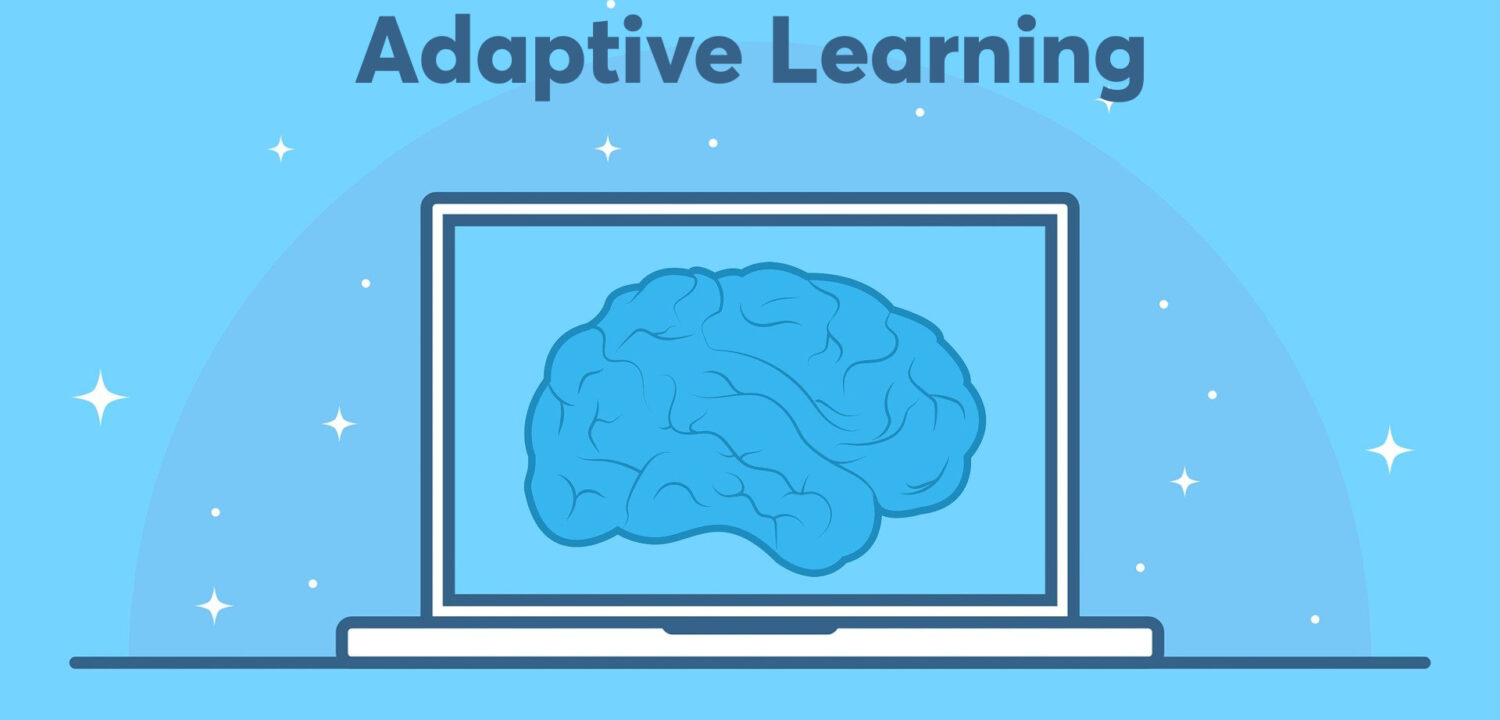In recent years, a new teaching and learning technique has swept the educational landscape of India, making inroads into the previously predominantly traditional sector. Adaptive Learning, or Adaptive Teaching, as it is called, provides personalised learning via data driven systems, adjusting the path and pace of learning to suit each learner’s needs. Adaptive learning can be divided into two categories, adaptive instruction and adaptive assessment. This technology makes learning more personal, adjusting to a student’s unique needs, offering customised course delivery with technology-assisted insights and analytics.
How Does It Work?
How Does It Help?
Did You Know? Because it is not only transforming the way students learn but how instructors teach, adaptive learning is also known by another name – adaptive teaching. Teachers’ skills are developed via technology to drive learner pathways and re-define learning outcomes. See the benefits…
To Students:
– An adaptive technology presents students with the appropriate content and learning materials at the right time, increasing engagement.
– Because they are learning at a pace suitable for them, each child is more comfortable while learning, increasing the overall learning outcomes.- The dynamic feedback that allows teachers to cater their teaching style as per the need, and the digital rewards with positive feedback that are offered by the adaptive learning technology, serve to instill confidence in children, particularly struggling students.
To Teachers:
– Adaptive learning arms teachers with deeper insights into areas of struggle for students, while teaching them new pedagogy that aligns with their teaching styles.
– Allows instructors to engage more with students, by reducing the sheer amount of administrative tasks and increasing active learning experiences.
-In pre-primary & primary schools, teachers often teach students of more than one grade level and different learning levels, in the same classroom. These ‘multi-age’ and ‘multi-level’ classrooms present a unique challenge; how to recognise specific students’ learning needs and then address them, while managing the class simultaneously. Adaptive technology can be used as a tool to teach such ‘multi-age’ and ‘multi-level’ classrooms.
– The real-time feedback adaptive learning provides helps teachers incrementally calibrate their own instructions to meet individual learners’ needs, gradually aligning with the bigger framework of solving foundational learning. This personalised guidance for teachers and educators will help them achieve their goals of a better, more literate India, as envisioned in the new Indian education policy.
To The Government:
– India has one of the world’s largest education systems ever seen, with more than 1.5 million schools providing education to around 260 million students. Adaptive learning can be changed in size or scale to meet the evolving needs of the entire educational landscape.
– Adaptive software makes assessments possible on both the micro and the macro levels. Real-time dynamic feedback that allows for actionable plans and a mastery-based approach rather than a traditional one-size-fits-all learning model creates a robust education system that can stand up to any global curriculum.
An example of adaptive logic, using Square Panda:
As a child plays and learns on Square Panda’s early literacy platform, activity data is generated. Our adaptive engine picks up this data and decides what content the child should have access to next. Whichever educational game or program the child is learning with reflects this suggestion, only showing content as per the individual child’s learning level. Special ‘cooldown’ periods are built into Square Panda’s platform, ensuring adequate repetition so that children practice without getting bored. Square Panda’s adaptive engine is constantly changing to add more skill masteries, more types of assessments and filters across the games, to tailor learning to specific learner profiles.

Adaptive learning and technology change the way learning happens, and that is a powerful thing. The transformation in the early learning system in India will happen when we embrace adaptive learning, using it as an intrinsic part of early education to enrich the teaching-learning experience.
Stay tuned for more insightful articles that delve into foundational literacy, and other hot button topics from the Indian early education sector.


